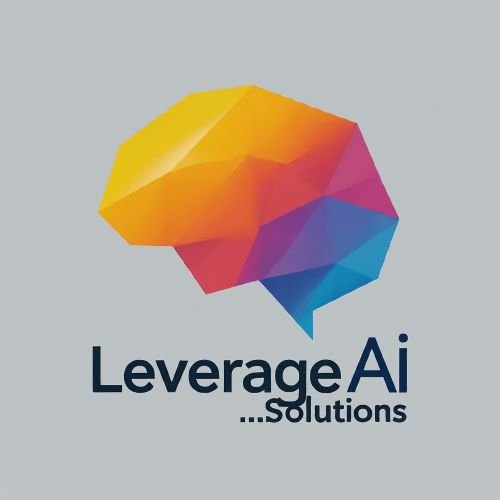Exploring the Increasing Importance of Real-World Assets and Tokenization in Web3 Finance
Crypto News
Exploring the Expanding Influence of Real-World Assets and Tokenization in Web3 Finance
The rapid evolution of Web3 finance is heralding a new era for the integration of real-world assets (RWAs) and the transformative potential of tokenization. As the digital landscape matures, the intersection of traditional assets and blockchain technology is becoming increasingly significant, presenting both opportunities and challenges for investors, businesses, and regulators alike.
Understanding Real-World Assets and Tokenization
Real-world assets refer to tangible items, such as real estate, commodities, and even art, that can be represented digitally on the blockchain. Tokenization is the process of converting these physical assets into digital tokens, which can be easily traded, owned, and managed within decentralized finance (DeFi) frameworks. This transformation allows for greater liquidity, transparency, and accessibility, enabling a broader range of investors to engage with assets that were previously difficult to access.
The Benefits of Tokenization
Tokenization offers numerous advantages:
- Increased Liquidity: By breaking down large assets into smaller, tradeable tokens, investors can buy and sell fractions of assets more easily, enhancing market liquidity.
- Accessibility: Tokenized assets can be made available to a global audience, lowering entry barriers for investors who may not have had the means to invest in high-value assets traditionally.
- Transparency and Security: Blockchain technology provides a secure ledger that enhances the transparency of ownership and transaction histories, reducing the risks associated with fraud and misrepresentation.
- Fractional Ownership: Tokenization allows multiple investors to own a piece of an asset, making it easier to invest in high-value items such as real estate or fine art.
Current Trends in Tokenization
The tokenization of real-world assets is gaining traction across various sectors:
- Real Estate: Initiatives are underway to tokenize property ownership, allowing investors to buy shares in real estate projects, thus democratizing access to the real estate market.
- Art and Collectibles: Platforms are emerging that enable artists to tokenize their works, allowing for fractional ownership and greater exposure to global investors.
- Commodities: Tokenization is also being explored in commodities markets, where physical goods can be represented by digital tokens, facilitating easier trading and ownership verification.
Regulatory Challenges and Considerations
Despite its promising potential, the tokenization of real-world assets faces several regulatory hurdles. Governments and financial regulators are grappling with how to classify and regulate these digital tokens, balancing innovation with investor protection. Key concerns include:
- Legal Ownership: Determining the legal implications of tokenized ownership and ensuring that token holders have rights over the underlying assets.
- Compliance: Ensuring that tokenization platforms adhere to existing financial regulations, including anti-money laundering (AML) and know your customer (KYC) policies.
- Consumer Protection: Protecting investors from potential fraud and ensuring that tokenized assets are traded transparently and fairly.
The Future of RWAs and Tokenization
As the adoption of blockchain technology accelerates, the role of real-world assets and tokenization in Web3 finance is set to expand significantly. Innovations in this space have the potential to reshape traditional finance, offering new pathways for investment and ownership. However, for this potential to be fully realized, ongoing dialogue between industry stakeholders and regulatory bodies will be essential.
In conclusion, the convergence of real-world assets and blockchain through tokenization represents a pivotal shift in the financial landscape. As this trend continues to evolve, it will be crucial for all participants in the financial ecosystem to navigate the complexities of this new frontier responsibly and collaboratively.
